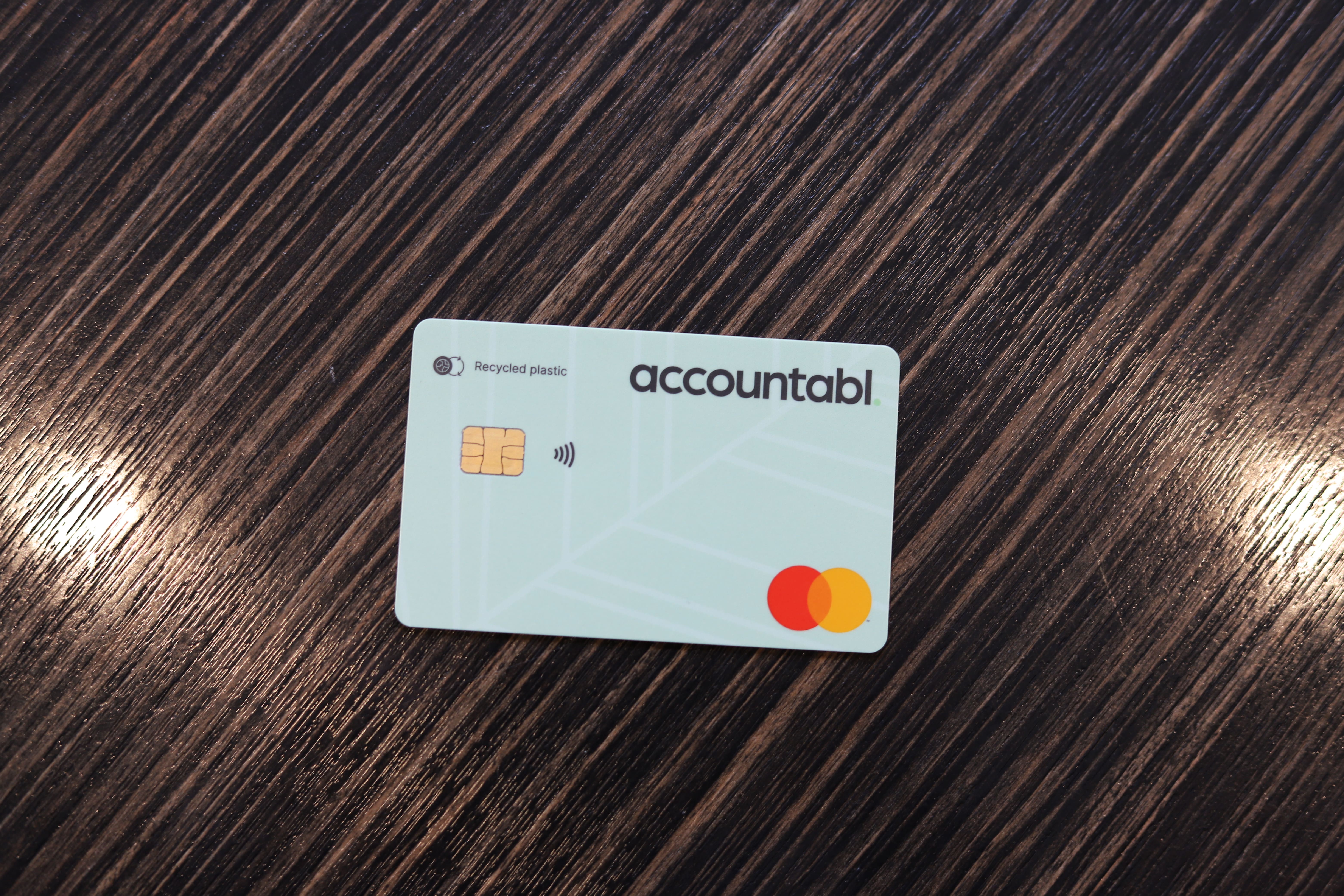So, you’ve found the platform that’s going to change everything. But how do you get buy in from senior management? One way is to create a business case.
A business case demonstrates why your company should invest time and resources into a project. For example, you might use a business case to show that employees are wasting too much time processing expenses. And then argue that expense management tools can help.
Writing a strong business case helps you influence stakeholders and increases the chance of successful deployment.
Follow the steps in this article, take your facts, figures, and research, and plug them in, and you will have a winning business case in next to no time.
Before you start writing your business case
Do your research! It’s important to fully understand the problem so you can clearly articulate it. Who does it affect? What are the costs to the business if it’s left unaddressed?
Knowing the different solutions available and understanding their strengths and weaknesses is equally important.
You also need some solid facts and figures along the way to give your points substance.
For help writing an expense management business case check out our free guide.
Tips for writing your business case
You might have the best idea since Luca Pacioli invented double-entry bookkeeping, but if you can’t effectivity communicate your ideas, you will struggle to get buy-in.
Make your business case easy to read. Write it first on Word and then transfer it across to PowerPoint or Keynote.
The key is to break it down and display it in a visually appealing way.
Here are a few tips to keep in mind when writing your business case:
- Speak directly with your intended audience, use language they understand.
- Keep it brief and to the point. Brevity is key.
- Make it interesting.
- Eliminate assumptions; use cold, hard facts.
- Don’t use jargon or colloquial language.
- Keep your writing style consistent.
Collaborate with your team to develop your case. And consult with other departments to ensure your arguments are valid.
And with your first draft complete, give it to others to critique and check for spelling and grammar errors.
Business case format
Every scenario for a business case is unique, but the following sections should work well for any finance tech proposal.
- Executive summary
- The problem statement
- Solution identification & alternatives
- Benefits
- Costs
- Risks and opportunities
- Project roadmap & organisation
- Investment appraisal
Executive summary
An executive summary provides a concise overview of your business case. It sets the scene and summarises key points making the rest of the document easier to absorb.
Be sure to address the what, why, and how. What’s the problem, why is it important, and how are you planning to solve it?
Spend time making sure your summary covers the key points in a way that will resonate with your audience. First impressions are important!
The problem statement
Succinctly articulate the problem in one paragraph. Demonstrate to your FD the issue at hand and how it’s preventing your department/company from reaching its goals.
Clearly outline its impact and why it needs addressing. Use scenarios to provide context, referencing figures where appropriate to demonstrate the actual cost to the business.
Let’s look at our expense management example again.
A good problem statement would go something like this:
“The finance department last year spent a total of 4,000 hours processing manual expense reports, equating to two thirds of total department output. That’s £80,000 per year in salaries to manage expenses. Leaving little room for other high value tasks such as investments, strategy, budgeting, and cash flow management. The team is under resourced, morale is low, and are currently unable to provide sufficient return on investment to the business.”
With our example, we’ve clearly identified the problem and what this means to the business. A senior finance professional reading this can instantly resonate with the context of your dilemma.
Solution identification & alternatives
This section should give a brief overview of the possible solutions.
Even if you have a preferred solution or provider in mind, don’t sell yourself short by demonstrating a lack of thorough research.
A table at the front is a good idea, showing an overview of each option side by side.
It’s good practice to provide a top-level overview of benefits, limitations, and costs for each. That way you can justify your recommended route.
Benefits
Now it’s time to focus. Highlight the key benefits of your chosen solution in conjunction with your current way of working.
Be sure to only focus on the ones pertinent to your business goals. Does it improve quality, save money, or generate revenue?
Using the expenses example again, you might highlight the following:
- Automated expense reports save 4,000 admin hours per year.
- Receipt capture technology increases VAT reclaims by 90%.
- Connected cards and software enable greater oversight of spending activity.
Costs
You need to show the financial implications involved. How much will it cost in the long and short term?
Don’t just focus on the direct costs but also indirect ones. Do staff require training? Do you need to purchase additional equipment?
Risks & opportunities
Highlight potential risks, their consequences, and how you will deal with them.
For example, if you’re deploying a new cloud accounting suite, is there a steep learning curve required? If so, point this out and recommend training.
Project roadmap and organisation
It’s important to show how you plan to implement the new solution.
Map out your project into key milestones describing what will happen and when, who’s involved, and how long each phase will take.
It’s crucial to set targets and estimate when the project will be complete. A clear deadline will make management feel much more comfortable making a big financial decision.
Investment appraisal
This is where you pull everything together and reiterate why it’s important to address the problem with your recommended solution.
It should be clear that your proposed solution will make a real positive difference to your business.
Next steps
Once you’ve finished, get it in front of your finance director.
For best results, present it. The work required to create a business case forces you to get to know the subject matter, which places you well a more in-depth conversation.
Learn more about finance transformation.









